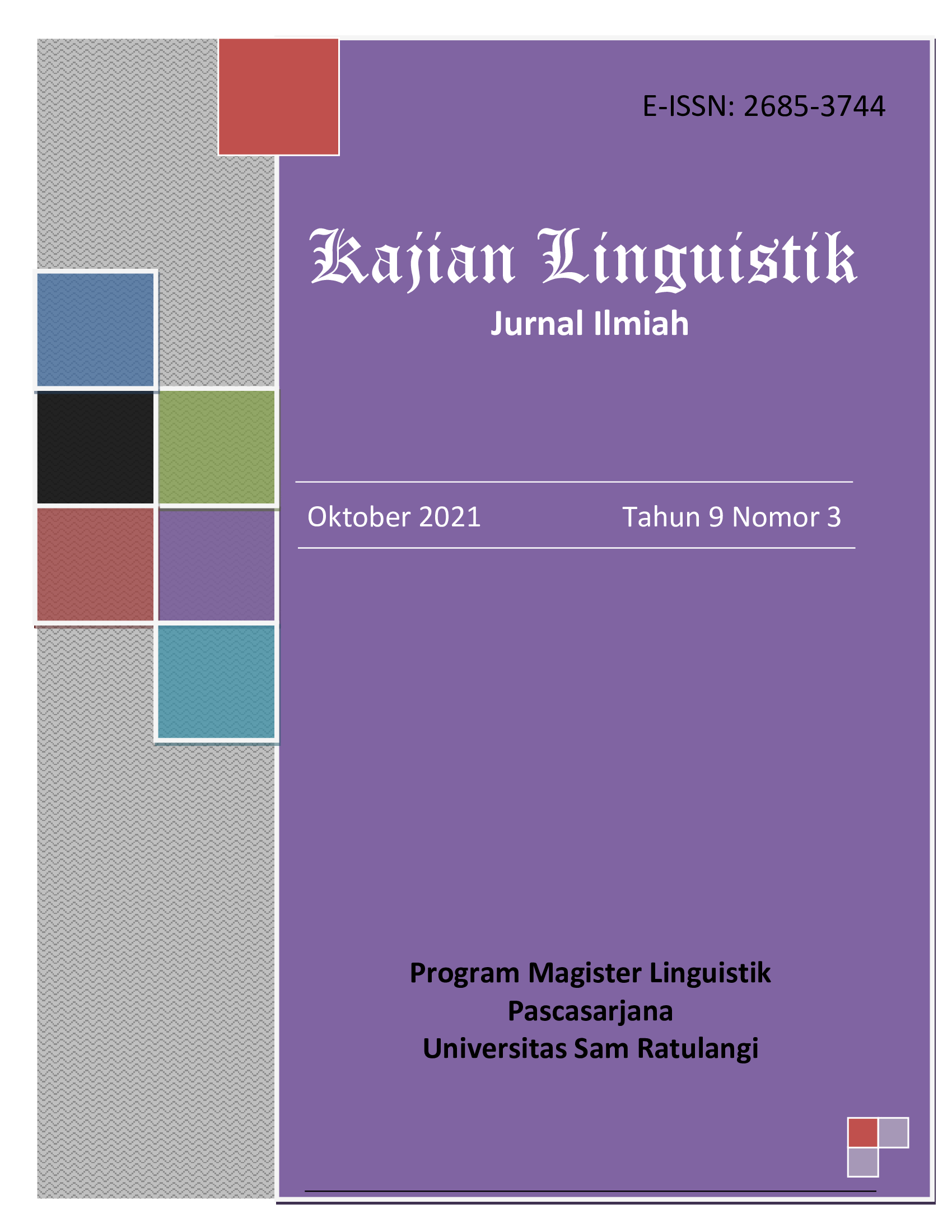Tanda Bahasa dalam Iklan Susu
Abstract
This article discusses the use of linguistic signs in milk advertisements, focusing on how these signs are constructed and perceived by the audience. Linguistic signs in advertisements serve not only as a communication tool but also as a means of persuasion that can build specific images and meanings related to the advertised milk products. The analysis is conducted using the semiotic theories of Ferdinand de Saussure and Roland Barthes, which explain how signs in advertisements—both textual and visual—convey denotative and connotative meanings. Through a semiotic approach, this article outlines how the visual and verbal elements in milk advertisements are constructed to influence consumer perceptions and attitudes toward the product. The findings indicate that milk advertisements utilize linguistic signs to create associations with health, nutrition, and a healthy lifestyle, which indirectly influence consumers' purchasing decisions.
Keywords: linguistic signs, advertisement, semiotics, milk, Ferdinand de Saussure, Roland Barthes

